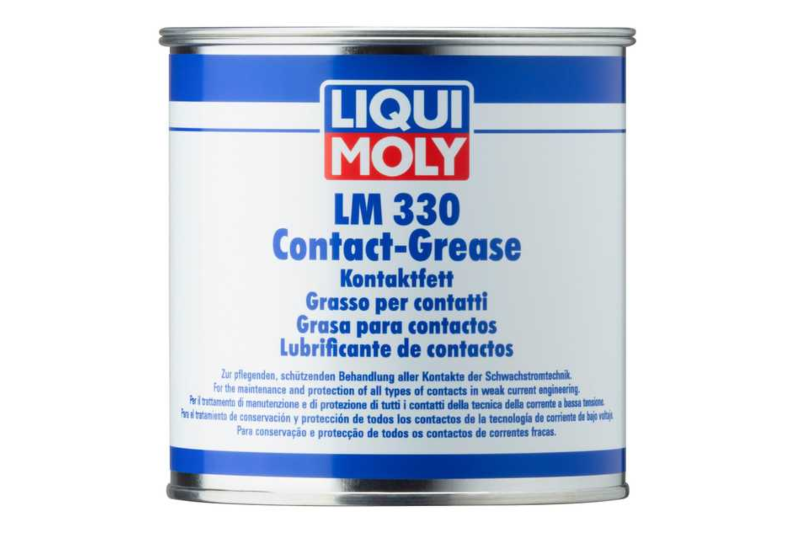2025-09-09 Datalog Analysis
Recorded a datalog of the current setup after fixing all these electrical issues to compare how it runs compared to previous setups
Good thing about recording all these detailed logs of Kassandra for the past 2 decades is being able to spot any small differences in the data as the car spec evolves
 ~~ Car Specifications ~~
~~ Car Specifications ~~
Here's a list of specs & changes made in the 4 datalogs I'll be analysing:
# 2009-12-31 (Cold Winter) ~~~~~~~~~~~~~~~~~~~~~
Intake: OEM TB, Airbox, CAI
Exhaust: Janspeed 421 header & light 1.8" cat-back system, 2nd cat
Fuel pump: Original fuel pump
Fuel: E5 Shell
Diff: Open diff
Clutch: JUN with standard clutch (light weight)
Brakes: OEM Discs
Wheels: OEM 13" alloys
# 2023-06-03 (Warm Summer) ~~~~~~~~~~~~~~~~~~~~~
Intake: Teflon spacer, TB elbow, Pod CAI
Exhaust: Enlarged OEM mani, 2nd de-cat, 1.8" light Janspeed Silencer
Fuel pump: Old Walbro fuel pump
Fuel: E10 Tesco
Diff: Open diff
Clutch: JUN with worn 200mm helix disc & PP (Heavier)
Brakes: GTIR Discs
Wheels: 15" Alloys
- Sunroof deleted
- Added subwoofer weight
# 2024-11-17 (Cold Autumn) ~~~~~~~~~~~~~~~~~~~~~
Intake: Teflon spacer, TB elbow, Pod CAI
Exhaust: New short 4-1 equal length manifold, Fake CAT, 2nd de-cat, 2.25" heavy Powerflow Silencer
Fuel pump: Old Walbro fuel pump, facelift in-tank
Fuel: E10 Tesco
Diff: LSD diff
Clutch: Blueprint clutch disc, Old 200mm helix PP
Brakes: GTIR Discs
Wheels: 15" Alloys
- Richer high end fuel map
# 2025-09-08 (Late Summer) ~~~~~~~~~~~~~~~~~~~~~
Intake: Teflon spacer, TB elbow, Pod CAI
Exhaust: New 4-1 Equal length manifold, Genuine CAT & 2nd CAT, 2.25" heavy Powerflow Silencer
Fuel pump: New Walbro fuel pump, facelift in-tank
Fuel: E10 Morrisons
Diff: LSD diff
Clutch: Blueprint clutch disc, Old 200mm helix PP
Brakes: GTIR Discs
Wheels: 15" Alloys
- Fixed wiring & ground straps
- Cleaned injectors & filter
- New Bosch spark plugs
- Leaner high end fuel map
~~ Cold Start Analysis ~~
Analysing the cold start sequences frame by frame, first we look at turning on the IGN power with the engine stopped & stone cold.
The logs in 2009 & 2024 were during winter so the coolant sensor is reading correctly below 10c whereas 2023 & 2025 were recorded during a warmer summer so it reads near 20c ambient.
Battery voltages are all reading approx 12.0v
When cold cranking the engine, the starter motor drops the battery down to 9-10v except for in 2024 were it reads 8v, possibly due to bad ground straps.
Injector timing shoots up to 20-30ms with a 1-2% duty cycle due to the low rpm.
Notice the increased injector duty cycle during the colder climates.
Immediately after cranking, injector timing drops down to 4-6ms but maintain 4-6% duty cycle due to the engine spinning upto 1.3k rpm.
Battery drops from 12.0v to 11.2v cos the alternator isn't charging yet
ECU automatically blips the rpm upto 1.6-1.8k rpm by raising the timing to 25deg and inject more fuel.
Alternator is now spinning fast enough to charge the battery at 14v
Once the engine has fired up and settled into a stable rich fast-idle, timing stays approx 25deg but injecting less fuel at 6-8% duty, dropping it to 1.3k rpm.
Alternator now sending a full 14.2v to charge the battery after the intense cranking..
All 4 logs showing the MAF reading at approx 1.70v
~~ Compare WOT Pulling ~~
In all the videos I go WOT in 2nd gear upto red-line down the same sliproad to join the carriageway, which I can use as a rough dyno to compare the overall performance of each setup.
The old 2009 setup shown
RED seems to be the fastest due to being lighter, improved breathing from the 421 header with matching janspeed exhaust, less inertia from the standard wheels/brakes/clutch.
2023/2024 setup in
BLUE/
YELLOW is the slower due to more weight & inertia from the bigger wheels, bigger brakes, bigger clutch, heavy subwoofer & toolbox and the 4-1 manifold wasn't optimised for the bigger & heavier powerflow exhaust (it was meant to run turbo).
2025 setup in
GREEN is marginally faster at high rpm due to improved voltages, higher MAF reading, leaner fuel map
~~ Compare Sensor Readings ~~
The MAF sensor seems to rely on a strong power supply & earthing

So the old bad grounding straps in 2023/2024 (
YELLOW/
GREEN) gave the lowest MAF readings, which affects the overall map calculations.
Replacing all the bad earth straps & terminals gave the 2025 setup a stronger MAF signal (
BLUE) closer to the 2009 setup (
RED)
The current 2025 fuel map is slightly leaner (
BLUE) than the 2024 map (
GREEN) when I first fitted the new 4-1 manifold, therefore the injector timing is reduced.
The original 2009 janspeed 421 map had a richer mid-range (
RED)
Looking at overall injector duty cycle, the 2023/2024 layout (
YELLOW/
GREEN) ran richer whereas the 2025 map (
BLUE) is running leaner to maintain a stable 13-14AFR.
Original 2009 map (
RED) ran rich in the mid-end but leaner at the high end.








